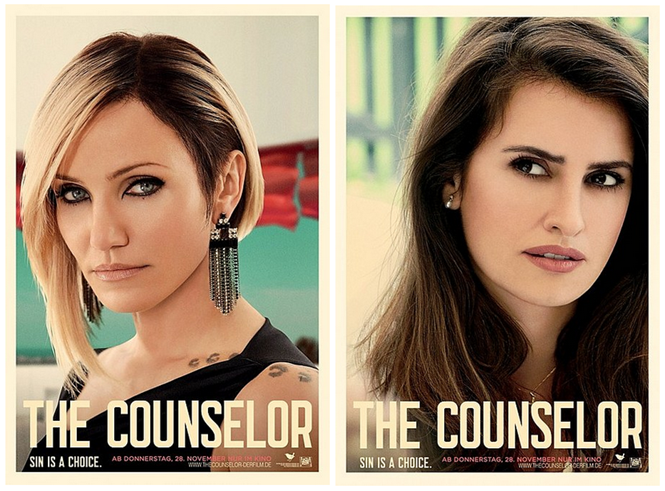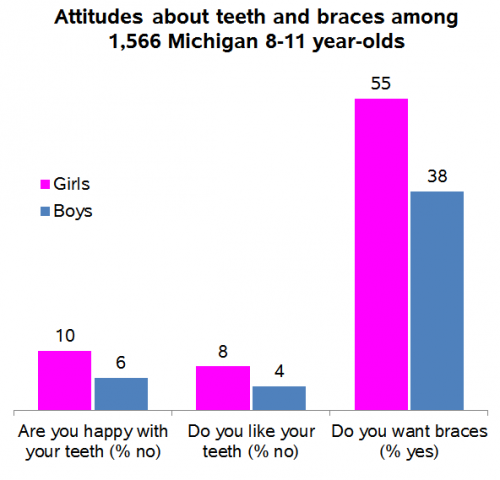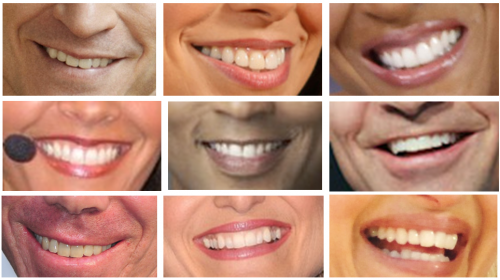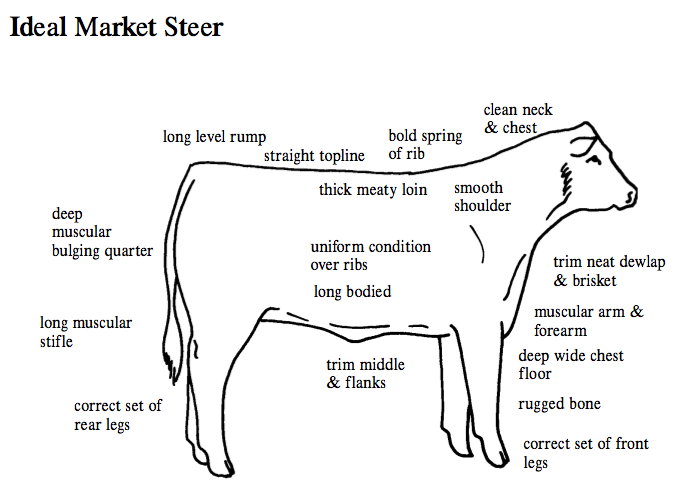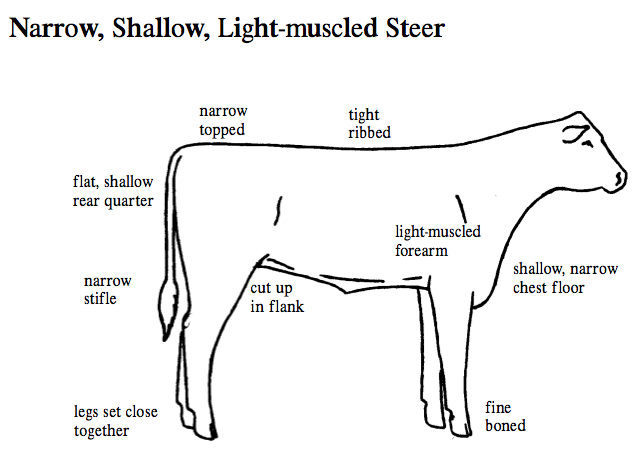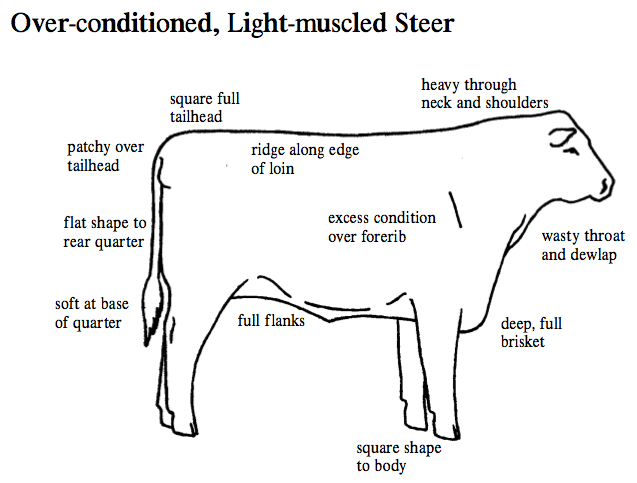We’re celebrating the end of the year with our most popular posts from 2013, plus a few of our favorites tossed in. Enjoy!
The philosopher Susan Sontag has written achingly about the way in which men are allowed to age and women are not.
The great advantage men have is that our culture allows two standards of male beauty: the boy and the man. The beauty of a boy resembles the beauty of a girl. In both sexes it is a fragile kind of beauty and flourishes naturally only in the early part of the life-cycle. Happily, men are able to accept themselves under another standard of good looks — heavier, rougher, more thickly built…
There is no equivalent of this second standard for women. The single standard of beauty for women dictates that they must go on having clear skin. Every wrinkle, every line, every gray hair, is a defeat.
Perhaps nowhere is this more plain than in the movies, where men’s love interests stay the same age as they get older, and @sphericalfruit sent in a fantastic example. The four posters below are part of a new marketing plan for the forthcoming movie, The Counselor.
Notice anything?
What a stunning example of Sontag’s observation. The men are not considered unattractive by virtue of the fact that you can tell they have skin. The women, in contrast, have faces that are so smooth that they look inhuman; their images are halfway between photograph and cartoon. Amazingly, this treatment of images of men and women is so ubiquitous that it now looks more or less normal to us.
Cross-posted at Business Insider and VitaminW.
Lisa Wade, PhD is an Associate Professor at Tulane University. She is the author of American Hookup, a book about college sexual culture; a textbook about gender; and a forthcoming introductory text: Terrible Magnificent Sociology. You can follow her on Twitter and Instagram.


